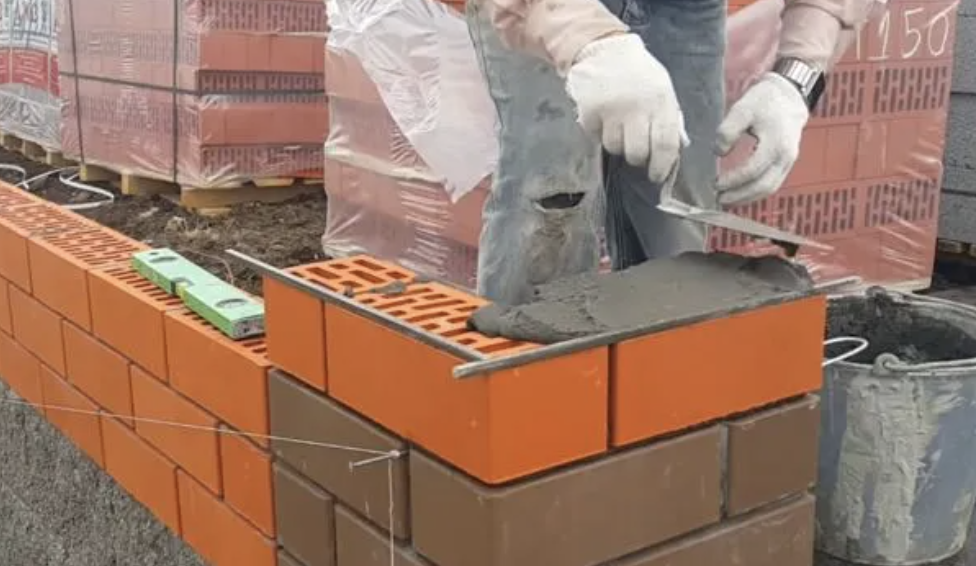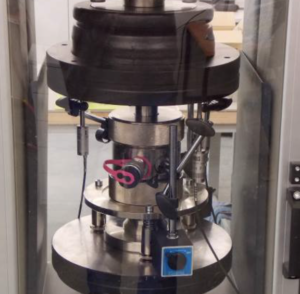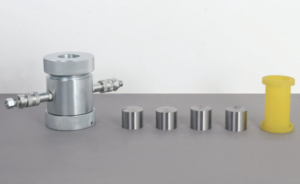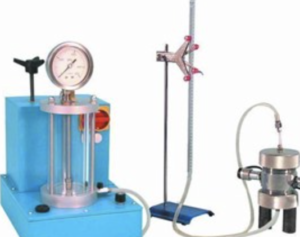Water/Cement Ratio of Concrete: How to Change a Number into a Tool
At first glance, the water/cement ratio might just look like a simple number in your mix design. But this one number has a massive impact on how your concrete behaves—both today and decades from now. Whether you’re building a sidewalk or a high-rise foundation, mastering the w/c ratio lets you turn it from a basic calculation into a powerful engineering tool.
What Is the Water/Cement Ratio?
The water/cement (w/c) ratio1 is the ratio of the weight of water to the weight of cement in a concrete mix. It’s usually expressed as a decimal—say, 0.45—which means there are 0.45 kg of water for every 1 kg of cement.
[\text{W/C Ratio} = \frac{\text{Water (kg)}}{\text{Cement (kg)}}]
This number controls how much water is available to hydrate the cement2 and how much extra water affects the mix’s workability and porosity3.
| W/C Ratio | Application Example |
|---|---|
| 0.30–0.40 | High-strength precast components |
| 0.45–0.50 | Structural concrete (columns, slabs) |
| 0.55–0.65 | Pavements, sidewalks, non-critical zones |
Getting the ratio right is the first step toward controlling your concrete’s behavior.

How the W/C Ratio Influences Concrete Performance
The water/cement ratio directly influences the balance between strength, durability, and workability.
| Property | Low W/C Ratio (0.60) | |
|---|---|---|
| Compressive strength | High | Low |
| Durability | Excellent | Weak to chemical/weathering |
| Permeability | Low | High |
| Shrinkage/cracks | Minimal | More likely |
| Workability | Stiff (needs admixtures) | Easy to pour |
A lower ratio leads to stronger, longer-lasting concrete, but it may be harder to place. A higher ratio makes concrete easier to work with, but it leaves behind more pores after the water evaporates—weakening the structure.
Turning Ratio into a Design Tool
Once you understand the power of the w/c ratio, you can start using it to target specific performance outcomes4.
Design Examples:
- For marine environments, use w/c ≤ 0.405 to reduce permeability and protect reinforcement.
- For mass concrete pours, control the ratio and curing to minimize thermal cracking.
- For residential slabs, a moderate w/c ratio (around 0.50) balances strength with ease of finishing.
Admixtures6, especially plasticizers and superplasticizers, can help you reduce the w/c ratio while maintaining slump and flowability.
| Design Goal | Target W/C Ratio | Tips |
|---|---|---|
| High strength (≥ 50 MPa) | ≤ 0.40 | Add silica fume or fly ash |
| Pumpable mix for high-rise | 0.45–0.50 | Use water reducers |
| Durable sidewalk or pavement | 0.50–0.55 | Good curing is just as important |
The w/c ratio becomes a design dial—you can turn it up or down to suit the project’s technical and practical needs.
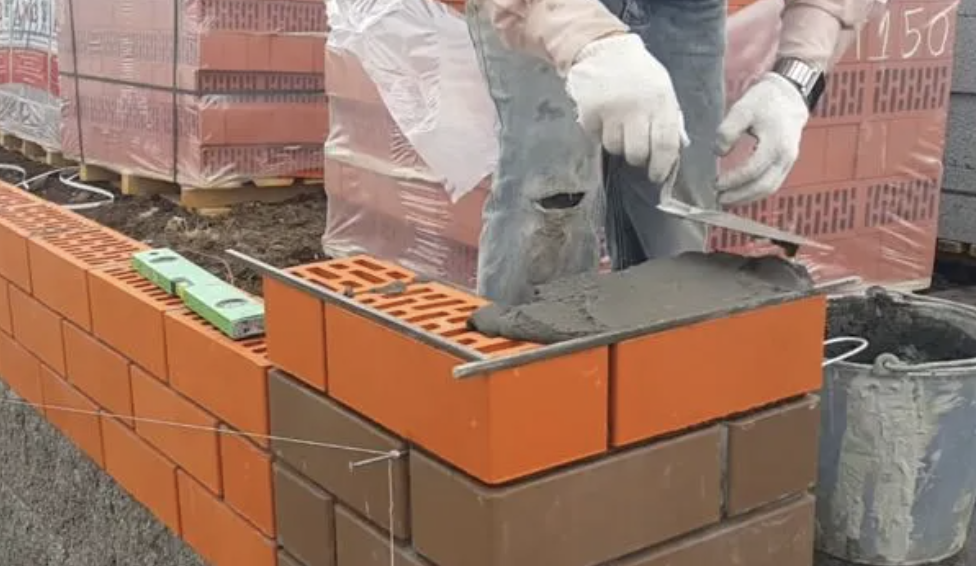
Field Control and Measurement Techniques
Even the best design can fall apart if the w/c ratio isn’t properly controlled during mixing and placing. Field conditions can easily cause unexpected increases7 in water content—especially from wet aggregates or on-site water additions.
Ways to Keep It in Check:
- Test aggregate moisture and subtract from batch water.
- Use automated batching systems8 that adjust water input on the fly.
- Check slump regularly to catch inconsistencies in workability.
- Track mix tickets and confirm actual water and cement weights.
| Field Technique | What It Does | Notes |
|---|---|---|
| Slump test (ASTM C143) | Checks workability | A big slump jump may mean more water |
| Unit weight test (ASTM C138) | Verifies concrete density | Detects excess water |
| Batch ticket monitoring | Confirms actual mix proportions | Always document site adjustments |
| W/C ratio field test kits | Estimates water content chemically | Useful for spot-checking consistency |
By staying alert and measuring what matters, you can lock in the performance you designed—from lab to job site.
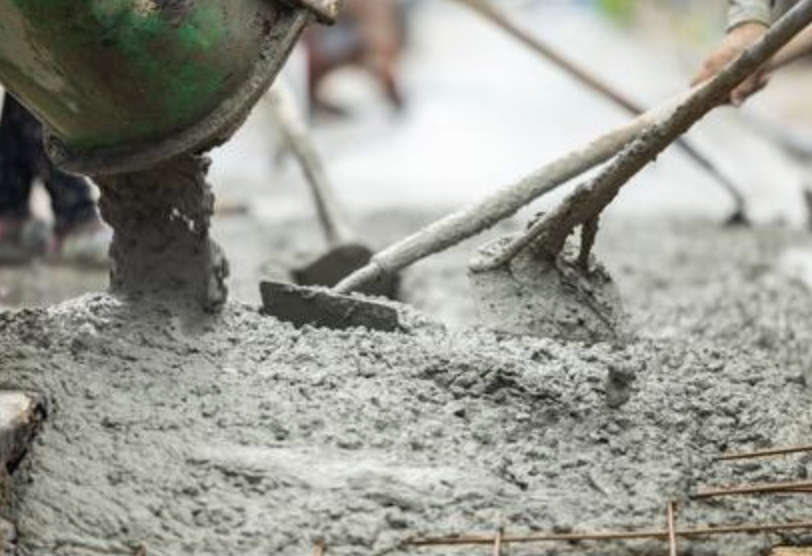
Conclusion
The water/cement ratio is more than a number—it’s the backbone of concrete performance. Use it wisely, control it carefully, and you’ll gain the confidence that your concrete will not just pass inspection, but stand the test of time.
-
Understanding the w/c ratio is crucial for achieving desired concrete strength and durability. Explore this link for in-depth insights. ↩
-
Learn about the hydration process of cement, which is vital for concrete strength and longevity. This resource will enhance your knowledge. ↩
-
Discover how water affects the workability and porosity of concrete, essential for optimal construction practices. This link provides valuable information. ↩
-
Exploring this resource will provide insights into how targeted performance outcomes can enhance construction quality and efficiency. ↩
-
This link will help you understand the significance of a low w/c ratio in protecting concrete structures in marine settings. ↩
-
Discover how admixtures can optimize concrete properties and improve workability while controlling the w/c ratio. ↩
-
Understanding the causes of unexpected increases can help you prevent issues in your concrete projects. ↩
-
Explore how automated systems can enhance precision and efficiency in your concrete mixing process. ↩

